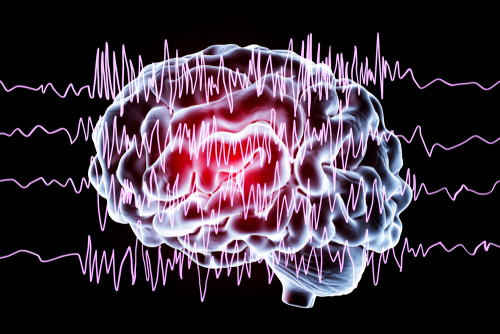A traumatic brain injury (TBI) occurs as a result of sudden damage to the brain caused by a blow or jolt to the head. Common events that could cause a TBI include, but are not limited to sports injuries, violence, falls, explosive blasts, vehicle-related collisions, and other combat injuries. TBIs are classified as mild TBIs or moderate to severe TBIs. The severity of a TBI is dependent upon several factors (e.g. force of the impact, nature of the injury, etc.). The symptoms that arise from a TBI will be distinct to each individual, and can range from mild to severe. An individual will experience TBI symptoms regardless of if he or she suffers a mild TBI or a moderate to severe TBI. Every individual is different, and each person that suffers from a TBI will experience a unique set of symptoms. Disorientation is a common symptom associated with TBIs, regardless of the severity.
Causes
TBI could lead to a plethora of adverse physiological symptoms, including adversely affecting one’s cognitive abilities. Cognitive abilities include, but are not limited to, one’s concentration, attention, memory, problem solving, decision-making, communication, organizational planning, and impulse control. Depending on what region of the brain the injury affects, an individual could experience cognitive consequences after suffering a TBI, including disorientation. The exhibiting TBI symptoms will have varying levels of severity and will likely last differing lengths of time.
Diagnosing Disorientation
In the definition of traumatic brain injury, the American Congress of Rehabilitation Medicine (ACRM) includes “any alteration in mental state at the time of the accident (e.g. feeling dazed, disoriented, or confused).” After an individual sustains a TBI, his or her ability to effectively process external stimuli can be adversely affected. Any individual that endures an unexpected event that threatens his or her wellbeing and/ or safety is likely to experience shock and overwhelm. This can manifest as disorientation, which also happens to be the most challenging diagnostic criteria to establish.
In order to properly diagnose disorientation, the evaluating provider must differentiate between an emotional reaction and evidence of external stimuli that lead to a biochemical-induced shift changing the individual’s mental awareness. One method for accomplishing this task is by the evaluating provider establishing a thorough timeline surrounding the event. TBI related disorientation does not follow the individual’s conscious awareness of the experience, as it is directly linked to the presumed cause of the trauma to the brain. It is important to note that there are a variety of treatment options available for individuals that have suffered from a TBI. Effective treatment will help an individual recover from his or her traumatic brain injury.
For Information and Support
If you are concerned for yourself or a loved one in regards to substance abuse and/ or addiction we recommend reaching out for help as soon as possible. If left untreated, substance abuse can result in long lasting and potentially life-threatening consequences. Keep in mind: you are not alone! There is an entire network of professionals that are available to help and support you and your loved one throughout the recovery process. The earlier you seek support, the sooner your loved one can return to a happy, healthy, and fulfilling life.
Please do not hesitate to reach out with any questions regarding our specific program at Haven House Addiction Treatment and/ or general substance abuse and/ or addiction treatment related information. Our highly trained staff is readily available to discuss how we might best be able to help you and your loved one. We can be reached by phone at 424-258-6792. You are also welcome to contact anytime us via email at admissions@hhtxc.com.



